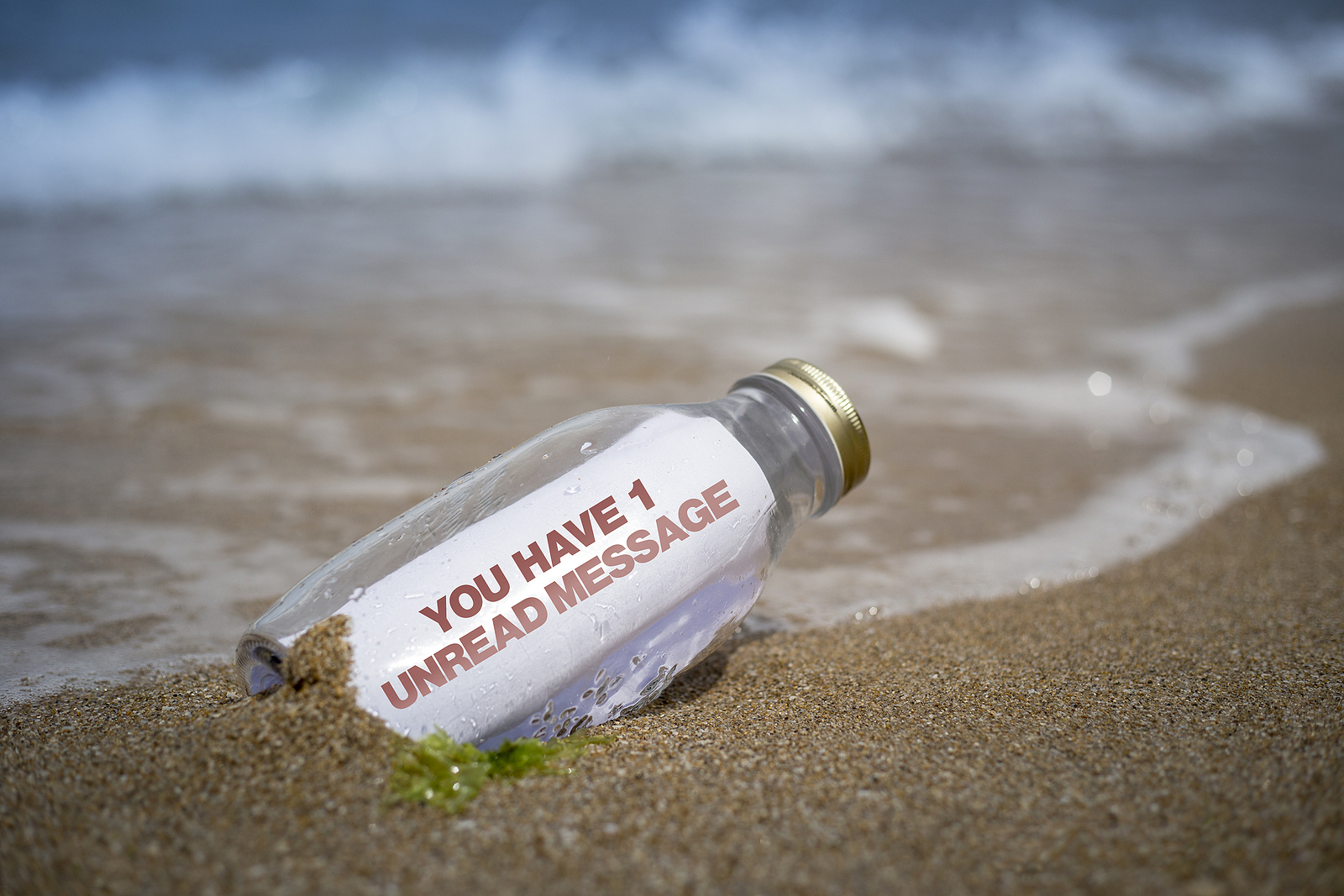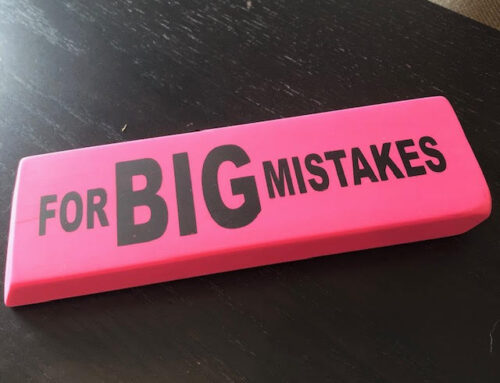I’ve seen too many emails that are long and unclear; the kind that make my head spin, compel me to shudder, and close them without dealing with them. I know this isn’t very Email Warrior-ish of me, but I am human after all.
Our emails are designed to prompt action. The easier we make this action for our recipient, the more likely we are to prompt the results we want.
But with email subjects spanning anything from corporate mergers to little league schedules, it’s hard to imagine one approach to fit this wide range of communications.
Yet there is a multi-use approach to sending clear and concise emails that are easy to answer. I’d like to introduce you to the 4C approach.
- Connection
Start with a brief opening connection that is unique to that person and doesn’t feel canned.
Examples:
- I hope you’re enjoying this bright sunny day.
- Welcome back from your travels.
- I am enjoying working on this project.
Your opening doesn’t need to be poetry. Rather, you’re taking this opportunity to connect on a personal level. And resist asking them a question here such as, “How was your trip?” Save your question for the second C.
Also, you don’t need to add an opening connection when you email someone multiple times a day. This can get a bit stale.
- Clear ask
Next, and very close to the top of your message, you want to state your single, clear ask. Your request should be immediately obvious to your reader and not buried in the middle or end of your email.
Use an active voice, starting with a present-tense verb. Your recipient is busy, and likely skimming your email. Your single, distinct ask needs to be crystal clear – I can’t emphasize this enough.
Here are a few more tips to keep your ask concise:
- Proof your email
Review your email before sending and consider whether your recipient will be able to understand your request easily and clearly. After all, a confused mind does nothing. (And by nothing, I mean they will close your email and quite possibly never return to it.)
- Add a deadline
Simple, quick requests don’t usually require a deadline. In other situations, deadlines help to prompt action. When stating a deadline, make it realistic by giving them sufficient time to complete your ask. Don’t make your emergency their emergency.
Also, make sure your deadline is respectful. State a deadline in a collaborative way, such as: Is it possible to share your input by Friday?
Alternatively, you can propose a meeting, which serves as a deadline. When proposing a meeting, suggest at least three options. Or add a link to your calendar. Don’t make your recipient do the work of suggesting meeting times.
- One single ask
Sometimes you can add a bonus ask but treat this as the exception, and only if both asks are related and simple. Once again, you want to make your email as easy as possible for your recipient to answer.
- Context
If necessary, you can add additional context to support your ask. Keep this brief and edit your message to avoid unnecessary words or details. Also, add structure such as sub-headings or bullets to make it easier to read. I also like when people move additional details below their signature or into an attachment. This keeps the body of the email simple and, wait for it, easy to answer.
Before you press send on any email, consider:
- How can you edit your message to remove unnecessary words and details?
- Should this be a conversation instead of an email? (If the subject is complex or charged, the answer is yes.)
- Should this be a document instead of an email?
- Close
Sign off with a note of appreciation and your contact information. Don’t assume they know how to get in touch with you. Make it easy for them to follow up with you.
Use this 4C approach to help you write clear and concise emails and get the answers you need.
What strategies do you find helpful when writing your emails? What is your biggest email pet peeve? Please share with us, so we can all make more efficient and effective use of email.







Leave A Comment